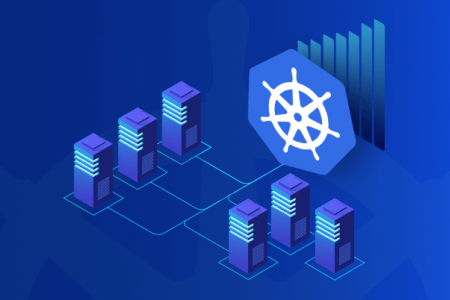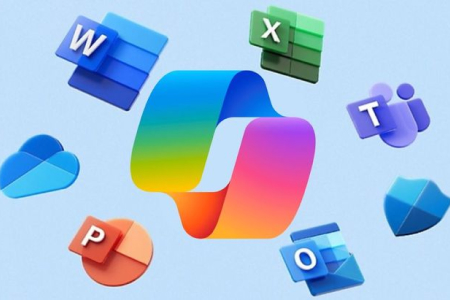In the celestial realms of cloud computing, innovation knows no bounds. As businesses embrace the cloud with open arms, a transformative revolution unfolds, reshaping the very fabric of the IT landscape.
Behold the power of the cloud: a catalyst for unparalleled scalability, agility, and cost-efficiency. In 2024, businesses are no longer bound by the constraints of physical infrastructure; instead, they soar to new heights, unencumbered by the shackles of yesteryears.
But the cloud isn’t merely a destination; it’s a journey of discovery and reinvention. From hybrid cloud architectures to serverless paradigms, the possibilities are as boundless as the azure skies above. By harnessing the power of the cloud, businesses unlock a world of opportunities, propelling growth and innovation to unprecedented heights.
What is Cloud Computing?
Cloud computing is the delivery of computing services—including servers, storage, databases, networking, software, and analytics—over the internet (“the cloud”). This allows for faster innovation, flexible resources, and economies of scale. Businesses can access technology services without owning and maintaining physical data centers or servers.
Why Cloud Computing is Crucial for Businesses in 2024
In 2024, cloud computing is not just an option; it is essential for business survival and growth. It provides the backbone for digital transformation, enabling companies to be more agile, scalable, and cost-efficient. The cloud supports a remote workforce, facilitates innovation, and offers unparalleled disaster recovery solutions.
Scalability: Growing Without Limits
Imagine trying to fit a growing family into a tiny house. Eventually, you need more space. The cloud offers this flexibility to businesses. They can scale resources up or down based on demand without the need for significant upfront investments in hardware.
Elasticity: Expanding and Contracting Resources
Businesses can handle varying workloads by automatically adjusting computing power, ensuring optimal performance and cost management.
Agility: Adapting at the Speed of Thought
In today’s fast-paced world, businesses must adapt quickly. Cloud computing provides the agility needed to deploy new applications and services rapidly. This speed is akin to having a race car that can maneuver through traffic effortlessly.
Speed to Market: Launching Faster
With cloud services, businesses can develop, test, and launch products faster than ever, giving them a competitive edge.
Cost Efficiency: Doing More with Less
Traditional IT setups require significant capital expenditure. The cloud operates on a pay-as-you-go model, turning capital expenses into operational expenses. This shift allows businesses to invest more in innovation and less in maintaining infrastructure.
Reduced Overheads: Saving on Physical Resources
By moving to the cloud, companies save on physical space, power, and cooling costs associated with maintaining on-premises data centers.
Hybrid Cloud Architectures
A hybrid cloud combines private and public cloud infrastructures, offering the best of both worlds. Businesses can keep sensitive data on a private cloud while leveraging the scalability of the public cloud for less critical workloads.
Balancing Security and Flexibility
Hybrid cloud solutions provide enhanced security for sensitive data and the flexibility to handle increased workloads efficiently.
Serverless Computing: Simplifying the Complex
Serverless computing abstracts server management, allowing developers to focus solely on code. This is like using a car service instead of owning a car—no need to worry about maintenance or parking, just enjoy the ride.
Focus on Innovation
By offloading server management, businesses can allocate more resources to innovation and improving their core offerings.
Cloud Security: Safeguarding Digital Assets
Security in the cloud is paramount. Providers offer advanced security measures, including encryption, access controls, and regular security updates. It’s like having a high-tech security system for your digital assets.
Compliance and Data Protection
Cloud services are designed to comply with various regulatory requirements, ensuring data protection and privacy.
Innovations in Cloud Computing
The cloud is a hotbed of innovation. From AI and machine learning to blockchain and quantum computing, the cloud integrates cutting-edge technologies to drive business growth.
AI and Machine Learning Integration
Cloud platforms provide tools for businesses to implement AI and machine learning, enhancing decision-making and operational efficiency.
The Future of Cloud Computing
The future of cloud computing is bright, with continuous advancements in technology. Quantum computing, edge computing, and enhanced AI capabilities are on the horizon, promising even greater benefits for businesses.
Quantum Computing
Quantum computing in the cloud will revolutionize problem-solving capabilities, enabling solutions to complex problems that are currently unsolvable.
Conclusion
The cloud computing revolution is driving business growth in 2024 by offering unparalleled scalability, agility, and cost-efficiency. As businesses continue to embrace the cloud, they unlock new opportunities for innovation and growth. The journey through the cloud is ongoing, and the possibilities are endless. For more information or you have project in your mind contact Metaorange Digital.



